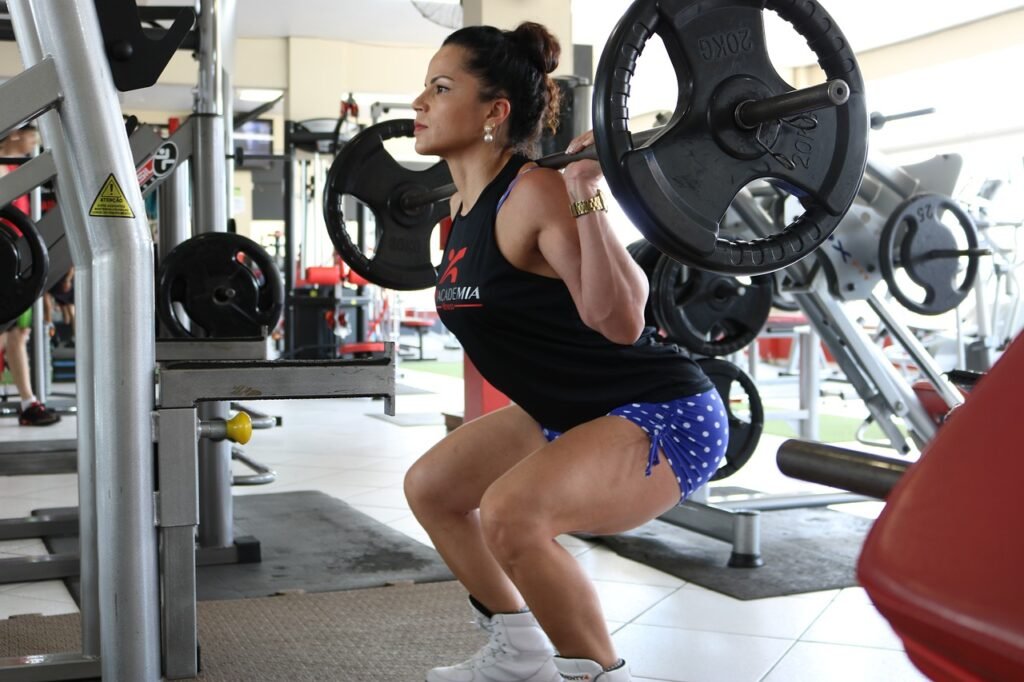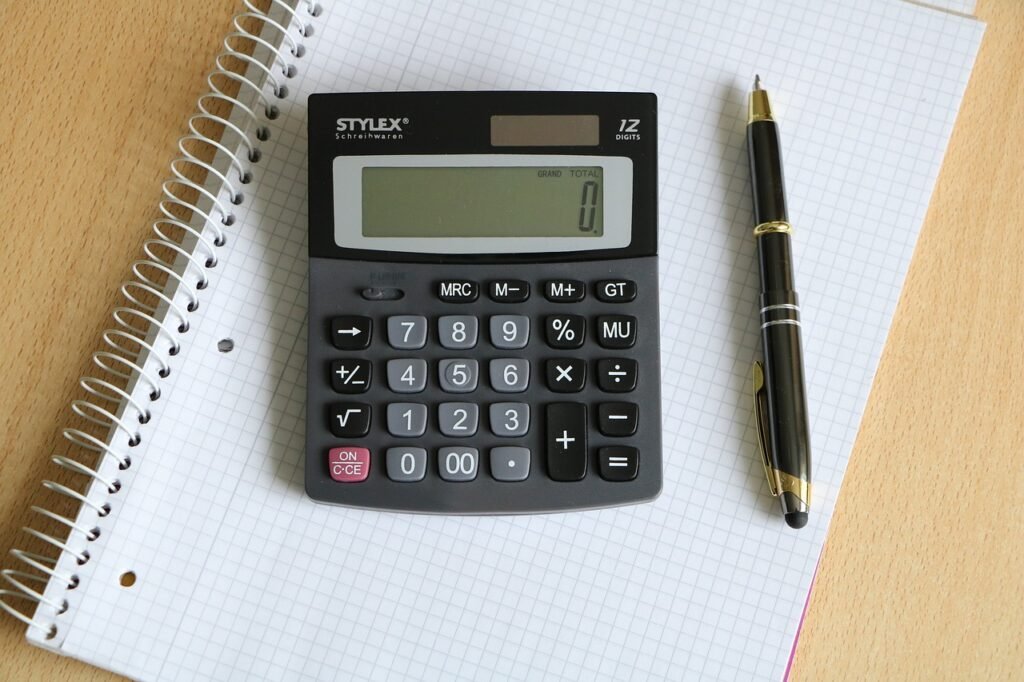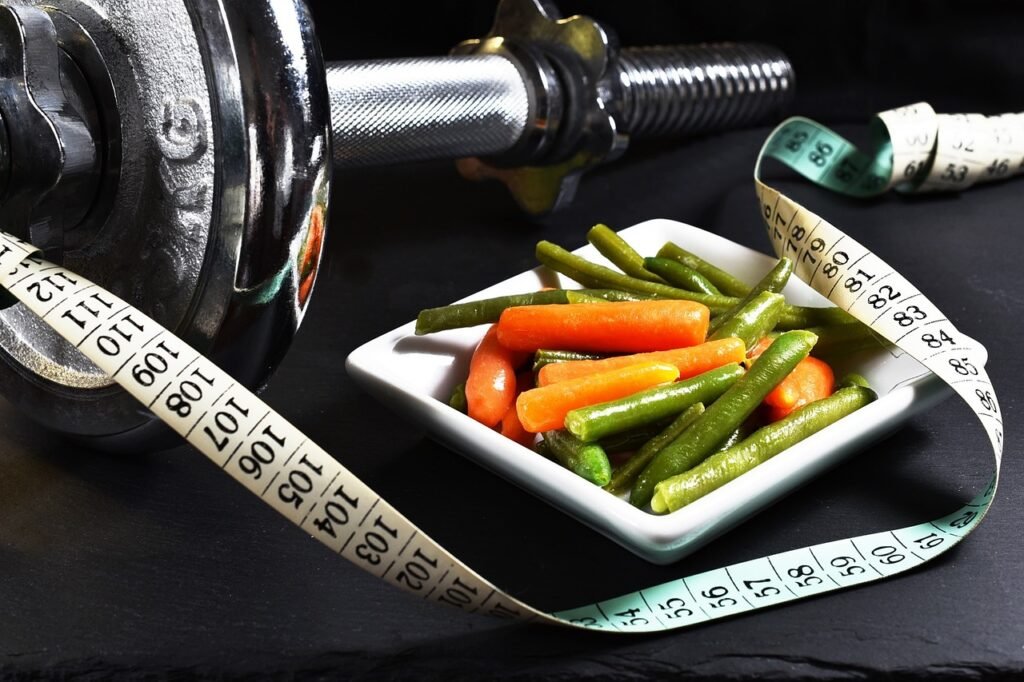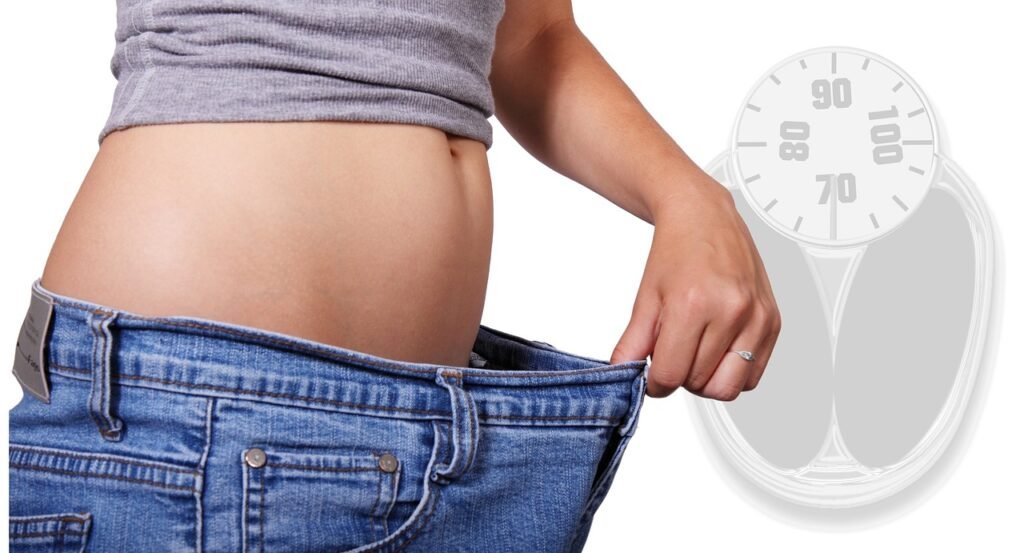
- Intro
- Understanding How Weight Lifting Burns Calories
- Factors That Influence Calorie Burn in Weight Lifting
- How to Calculate Calories Burned During Weight Lifting
- Maximizing Calorie Burn During Weight Lifting
- Understanding the Role of Diet in Maximizing Calorie Burn
- The Long-Term Benefits of Weight Lifting for Calorie Burn
Intro
For anyone looking to sculpt their physique, boost their health, or shed some pounds, the gym has always been a sanctuary.
While the buzz often orbits around cardio exercises when it comes to burning calories, there’s a strong case to be made for weight lifting as well.
Yes, the number of calories burned weight lifting might not seem as straightforward as running on a treadmill, but it’s a game where quality meets strategy.
In this blog post, we’ll delve into the intricacies of how lifting weights not only contributes to muscle gain but also plays a significant role in burning calories and, subsequently, in weight loss.
Understanding How Weight Lifting Burns Calories
When engaging in weight lifting, your body undergoes a remarkable process to meet the demands of this high-intensity activity.
At its core, weight lifting is an anaerobic exercise that emphasizes short, intense periods of exertion. This requires the body to tap into its calorie reserves for immediate energy, primarily utilizing glucose and glycogen stores.
Unlike aerobic exercises, which may rely more steadily on fat stores, weight lifting’s unique energy demands lead to a significant calorie expenditure during the workout itself.
But the calorie-burning effects of weight lifting extend far beyond the final rep. In the aftermath of a lifting session, the body enters a state of heightened metabolic activity. This is where the concept of EPOC, or excess post-exercise oxygen consumption, becomes crucial.
EPOC refers to the oxygen and energy your body needs to recover from a workout, repair muscle tissues, and restore itself to a pre-exercise state. This recovery process is metabolically expensive, meaning it requires a considerable amount of calories.
Consequently, the body’s metabolic rate remains elevated for hours, sometimes even days, after a weight lifting workout, continuing to burn calories at a higher rate than normal.
This extended calorie burn is partly why weight lifting is such an effective tool for not only building strength but also for weight management and loss.
By strategically stressing the muscles through various weight lifting exercises, individuals can create a potent stimulus for calorie burning both during and after their workouts.
Factors That Influence Calorie Burn in Weight Lifting

The number of calories you incinerate during a weight lifting session isn’t a one-size-fits-all figure; it’s influenced by a tapestry of factors unique to each individual.
At the forefront of these factors is workout intensity. Pumping heavier iron or increasing your repetitions amps up your body’s exertion level, thereby escalating the calorie burn.
It’s akin to stepping on the gas pedal—the harder you press, the faster you go, and similarly, the harder you work, the more calories you torch.
Equally pivotal is your body composition. Muscle is a metabolic furnace, burning calories at a restive state far more efficiently than fat does.
Thus, individuals endowed with a higher muscle mass have the metabolic edge, enjoying an elevated caloric burn even during periods of inactivity.
Workout duration and the rhythm of your rest intervals between sets also have their roles in the calorie-burning orchestra.
Engaging in a longer session or minimizing the rest periods between sets can keep your heart rate in the calorie-burning zone for an extended period, maximizing your total calorie expenditure during each gym visit.
Lastly, the type of exercises you perform influences the calorie burn. Compound exercises, which recruit multiple muscle groups, can lead to a greater caloric expenditure compared to isolation exercises that target a single muscle group.
The orchestrated movement of several muscles requires a higher energy output, making these exercises a critical factor in boosting your workout’s calorie-burning capability.
How to Calculate Calories Burned During Weight Lifting

Estimating the precise calorie burn during a weight lifting session is nuanced, influenced by a multitude of individual factors including exercise intensity, duration, and personal body composition.
Despite these complexities, general benchmarks can offer a ballpark figure for those curious about their caloric expenditure.
For instance, an individual weighing around 155 pounds may expend approximately 112 to 223 calories within a 30-minute weight lifting period, variability resting on the workout’s vigor. To hone in on a more personalized calculation, leveraging technology can be beneficial.
Wearable fitness trackers and smartwatches are equipped to assess specific data related to your body metrics, the intensity of your movements, and the overall length of your workout, providing a closer estimate of calories burned.
These devices often incorporate heart rate monitoring and other sensors to gauge exertion levels, which can significantly refine calorie burn estimates.
Additionally, some fitness apps allow users to input details about their weight lifting session, such as the type of exercises performed, weights used, and session duration, to calculate a more tailored calorie expenditure figure.
Although these tools offer an enhanced insight, it’s important to remember they provide estimations rather than exact numbers.
For those deeply invested in tracking their progress or aiming for precise weight management goals, combining these technological estimates with professional guidance from a fitness trainer or a nutritionist could optimize results and ensure a comprehensive approach to understanding and maximizing calorie burn during weight lifting endeavors.
Maximizing Calorie Burn During Weight Lifting

To optimize the number of calories burned during weight lifting, diversifying your workout routine is key.
By integrating compound movements such as pull-ups, lunges, and overhead presses alongside the traditional squats, deadlifts, and bench presses, you can engage a broader spectrum of muscle groups.
This holistic approach to muscle activation not only increases your total calorie expenditure but also ensures balanced strength and muscle development.
Introducing high-intensity interval training (HIIT) elements into your weight lifting regimen can further enhance your calorie burning potential.
This method, involving vigorous activity bursts followed by short recovery periods, keeps your heart rate elevated and pushes your metabolic rate to spike even more.
Another effective strategy is to manipulate the volume and intensity of your workouts progressively. Gradually increasing the weights or the number of repetitions over time challenges your body to adapt, thereby boosting calorie burn.
Altering your workout’s pace can also play a significant role; performing supersets or circuit training minimizes rest time between exercises, maintaining a higher heart rate and encouraging a greater caloric expenditure throughout your session.
Incorporating variety into your weight lifting program not only prevents physical plateaus but also maintains mental engagement, making your fitness journey more enjoyable and sustainable.
By continuously challenging your muscles from different angles and with varied intensities, you can maximize calorie burn during each weight lifting session, paving the way for more effective weight management and loss.
Understanding the Role of Diet in Maximizing Calorie Burn

Optimal nutrition is a linchpin in the machinery of enhancing calorie burn during weight lifting.
It’s not merely about the calories you expend while hoisting weights; what you fuel your body with pre and post-workout can dramatically influence your energy levels, recovery, and even how efficiently those calories are burned.
A diet that skews towards a rich mix of protein ensures muscle repair and growth are optimized post-exercise, a critical factor considering muscles are the engines of your calorie-burning potential.
Carbohydrates are not to be vilified; they’re your body’s primary energy source, crucial for fueling those intense lifting sessions. Incorporating complex carbs into your meals can offer sustained energy release, keeping you powered throughout your workouts.
Healthy fats play a vital supporting role, contributing to overall metabolic health and aiding in the absorption of essential nutrients.
The timing of your nutrient intake also holds significant sway over your performance and the efficiency of calorie burn.
A pre-workout meal, balanced in protein and carbs, can set the stage for an energetic and productive session, while post-workout nutrition aims to replenish energy stores and kickstart the recovery process.
Hydration is another cornerstone of an effective diet for maximizing calorie burn. Adequate water intake is paramount for optimal metabolic function and supports every aspect of your weight lifting routine from performance to recovery.
Together, these nutritional strategies not only fuel the body for peak performance during weight lifting but also ensure that each session contributes to a greater caloric burn, amplifying the effects of your hard work in the gym.
The Long-Term Benefits of Weight Lifting for Calorie Burn
Engaging in consistent weight lifting goes beyond the immediate gratification of calories burned during a single session; it lays the foundation for a healthier, more metabolically active body over the long haul.
The gradual increase in lean muscle mass through regular resistance training not only enhances strength but significantly impacts the body’s ability to consume calories at rest.
This phenomenon, known as an increased resting metabolic rate, means your body becomes more efficient at burning calories throughout the day, not just when you’re actively lifting weights.
Moreover, the benefits extend to improved metabolic markers, such as enhanced insulin sensitivity.
This critical aspect of metabolic health ensures your body can more effectively manage glucose levels, reducing the risk of insulin resistance and type 2 diabetes.
Such improvements underscore the integral role that muscle mass plays in overall health and its direct correlation with an elevated calorie burn over time.
By integrating weight lifting into your fitness regimen, you’re not just investing in the immediate effects seen through calorie burn during workouts.
You’re embarking on a path that leads to sustainable health benefits, including a more robust metabolic rate and improved body composition.
This shift not only aids in achieving and maintaining weight loss goals but also fosters a body that’s more adept at calorie management, making each effort in the gym count towards long-term wellness and metabolic efficiency.
Pin this post to read later



